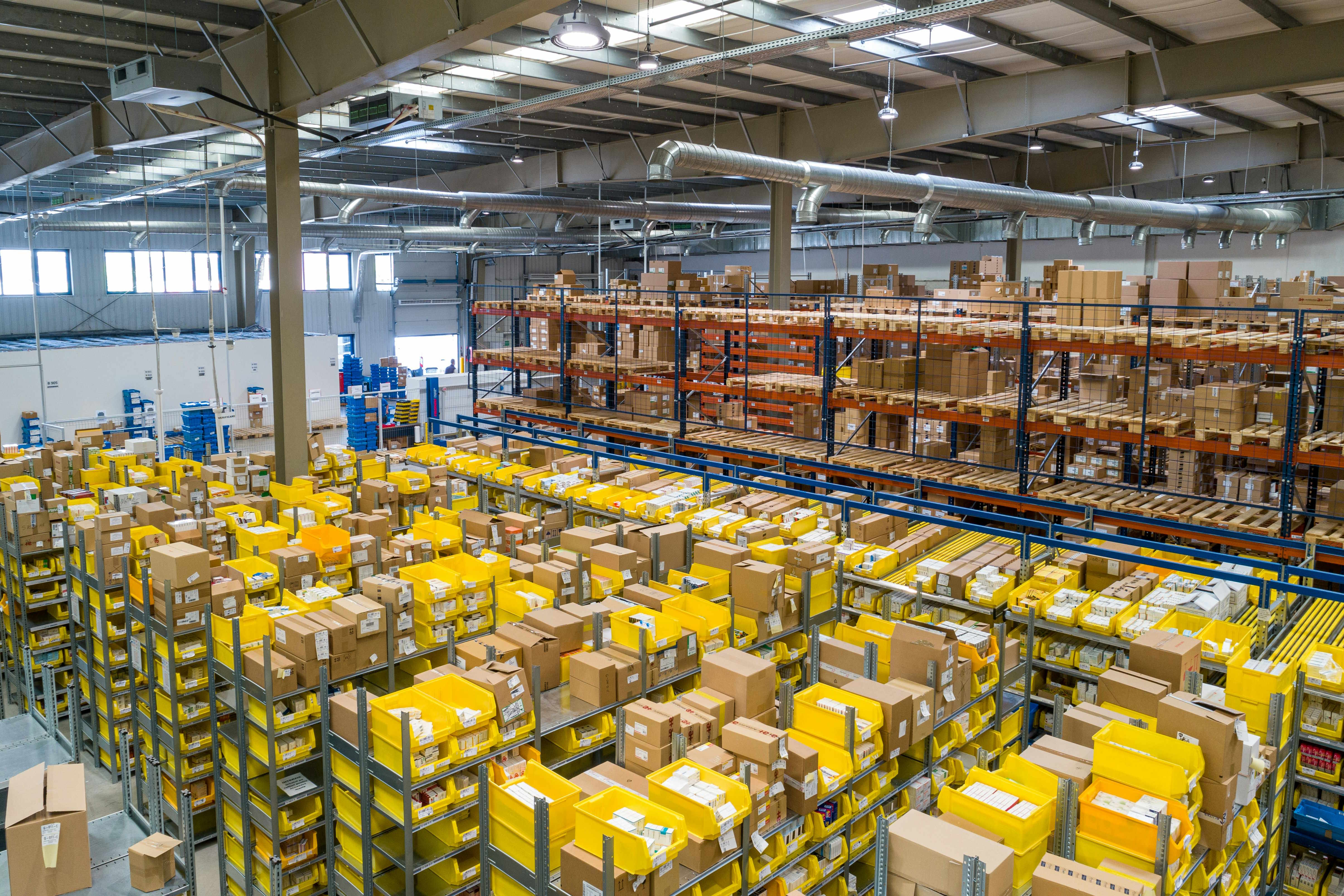The Future of E-Commerce: Trends in Returns, Reselling, and Liquidation
E-commerce has revolutionized the way we shop, offering convenience and accessibility like never before. As online retail continues to grow, new challenges and opportunities arise, particularly in the areas of returns, reselling, and liquidation. This article explores the latest trends and innovations in these crucial aspects of e-commerce, with a focus on how they're shaping the industry's future.

Many e-commerce companies are now implementing AI-powered sizing tools and virtual try-on technologies to help customers make more informed purchasing decisions, potentially reducing return rates. Additionally, some retailers are exploring “try before you buy” programs, allowing customers to receive items, try them on at home, and only pay for what they keep.
What role does Amazon play in shaping e-commerce trends?
As the world’s largest e-commerce platform, Amazon continues to set industry standards and drive innovation. The company’s efficient return process, including easy-to-print labels and convenient drop-off locations, has raised customer expectations across the board. Other retailers are now striving to match or exceed these service levels to remain competitive.
Amazon’s Warehouse Deals program, which sells returned and slightly used products at discounted prices, has also influenced the industry. This approach not only helps recoup losses from returns but also appeals to budget-conscious consumers and promotes sustainability by reducing waste.
How is reselling transforming the e-commerce ecosystem?
Reselling has become a significant trend in e-commerce, driven by both environmental concerns and economic opportunities. Online marketplaces like eBay, Poshmark, and ThredUp have made it easier than ever for individuals to sell pre-owned items. This shift towards a circular economy is changing consumer behavior and creating new business models.
Many traditional retailers are now entering the resale market, either through partnerships with existing platforms or by launching their own resale programs. This trend not only helps brands capture a share of the growing secondhand market but also allows them to promote sustainability and attract environmentally conscious consumers.
What strategies are e-commerce businesses using for liquidation?
Liquidation has long been a challenge for retailers, but e-commerce is opening up new avenues for dealing with excess inventory. Online liquidation marketplaces like B-Stock Solutions and Liquidation.com allow retailers to sell overstock, returned, and refurbished items directly to resellers and bargain hunters.
Some companies are also exploring innovative approaches to liquidation, such as flash sales, mystery boxes, or bundling slow-moving items with popular products. These strategies help clear inventory while potentially creating excitement and urgency among customers.
How are technological advancements enhancing returns and reselling processes?
Technology is playing a crucial role in streamlining returns and reselling processes. Automated return systems, powered by machine learning algorithms, can quickly assess product conditions and determine the most profitable course of action for each item. This might involve reselling, refurbishing, or liquidating the product.
Blockchain technology is also being explored to enhance transparency and traceability in the resale market. By creating a verifiable record of a product’s history, blockchain can help build trust between buyers and sellers, particularly for high-value or luxury items.
What are the environmental implications of e-commerce returns and reselling?
The environmental impact of e-commerce, particularly related to returns and packaging waste, has become a growing concern. Many companies are now focusing on sustainable practices to address these issues. This includes using recyclable packaging materials, optimizing shipping routes to reduce carbon emissions, and implementing more efficient reverse logistics processes.
Reselling and refurbishing products play a crucial role in reducing waste and extending the lifecycle of goods. By embracing the circular economy, e-commerce businesses can significantly decrease their environmental footprint while also tapping into new revenue streams.
The e-commerce landscape is continually evolving, with returns, reselling, and liquidation playing increasingly important roles. As technology advances and consumer expectations shift, businesses that can effectively manage these aspects of their operations will be well-positioned for success in the competitive online retail market. By embracing innovation and sustainability, e-commerce companies can turn challenges into opportunities, creating value for both their bottom line and the environment.






